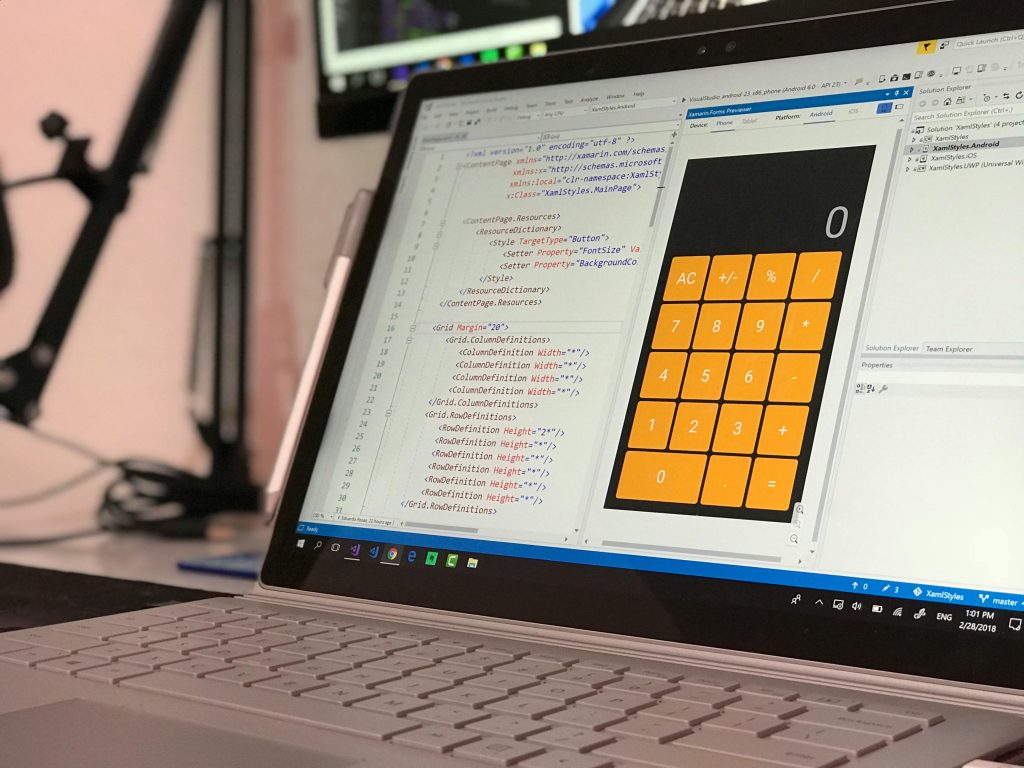Transitioning to a new career is always a big decision, but when that career involves mastering the complexities of software development, it can feel overwhelming—especially if you’re juggling a full-time job. However, many have successfully made this leap by following structured paths, maintaining discipline, and using the right strategies to balance their responsibilities.
If you’re ready to transform your career and dive into programming while working full-time, this guide will provide practical tips, insights, and a realistic roadmap for making it work.

1. Setting the Right Foundation: Define Your “Why”
Before you begin, it’s essential to establish why you want to become a software engineer. Do you crave flexibility in your career? Is the potential for higher income a major draw? Are you passionate about problem-solving and creating technology? Defining your motivations will fuel your progress when the going gets tough, and staying grounded in your goals will help you stay focused during long stretches of learning.
Key Takeaway:
- Keep your “why” front and center. This motivation will drive you through challenges and help you maintain long-term consistency.
2. Breaking It Down: Choose a Specialization and Language
Software development is a vast field, and choosing where to begin can be overwhelming. Should you go into web development, mobile apps, data science, or machine learning? Once you’ve picked a focus, selecting the right programming language is crucial. Here are some examples:
- Web Development: HTML, CSS, JavaScript
- Mobile App Development: Swift for iOS, Kotlin for Android
- Data Science/AI: Python, R
- Back-End Development: Java, Python, Node.js
Starting with languages like Python or JavaScript is ideal because of their versatility and widespread use. Additionally, they have large communities that provide robust learning resources for beginners.

Key Takeaway:
- Pick a specialization and stick to one or two languages to avoid being overwhelmed. Mastery is about depth, not breadth.
3. Learning While Working: Find Time in Your Schedule
One of the hardest aspects of learning programming while holding a full-time job is time management. If you’re working 40 hours a week (or more), it’s crucial to be deliberate about carving out time to study.
Here are some practical strategies:
Morning Study Sessions
For those who have more energy in the morning, try waking up an hour earlier and dedicating that time to learning. Studying first thing in the morning can help you retain information better because you’re fresh and alert.
Night Owls and Post-Work Sessions
If mornings aren’t your thing, set aside time in the evenings. After a long workday, it’s essential to manage distractions. Turn off your phone notifications, block out TV time, and focus on coding.
Weekend Deep Dives
Use weekends to go deeper into learning. You can dedicate larger blocks of time to programming, building projects, or diving into challenging concepts that need more attention.
Microlearning
Fit in short learning sessions during work breaks or lunch hours. Listen to programming podcasts, watch quick tutorials, or review notes for 10-15 minutes when possible. Even microlearning can add up!

Key Takeaway:
- Be realistic about your schedule and adapt your study times around when you’re most productive. Whether it’s mornings, nights, or weekends, consistency is key.
4. Building Practical Experience: Projects Over Theory
One of the biggest mistakes beginners make is getting lost in theory. While understanding programming concepts is important, it’s far more beneficial to build things from the start. Apply what you learn by working on small projects that matter to you.
Project Ideas for Beginners:
- Personal Portfolio Website: Build your own online presence with HTML, CSS, and JavaScript.
- Simple To-Do App: Use JavaScript or Python to create a functional to-do list app.
- Weather App: Fetch weather data from an API and display it on a website.
- Basic Calculator: A small but satisfying project to practice logic and functions.
By working on projects, you will not only solidify your understanding of programming concepts but also build a portfolio that can showcase your skills to potential employers.

Key Takeaway:
- Hands-on experience is invaluable. Projects will help you apply theory, solve real-world problems, and strengthen your confidence.
5. The Importance of Consistency and Discipline
When you’re balancing learning with full-time work, discipline is your greatest asset. Learning to code requires regular practice, and skipping too many days will slow your progress.
Set a Schedule
Create a weekly schedule that includes fixed study hours. This could be as little as an hour a day during weekdays and a few extra hours over the weekend. A planned approach will ensure you stay on track, even on those days when motivation is low.
Break It Into Small Goals
Instead of trying to learn everything at once, break your learning into manageable milestones. For example:
- Week 1: Basics of HTML and CSS
- Week 2: Introduction to JavaScript
- Week 3: Build a small personal website
This approach makes the journey feel less overwhelming and helps you celebrate small wins.

Key Takeaway:
- Stick to a routine, set small achievable goals, and avoid the pitfall of overloading yourself with information.
6. Finding the Right Resources
The internet is full of coding tutorials, but the sheer number of options can feel overwhelming. Focus on platforms that offer structured learning paths, such as:
- Codecademy: Great for interactive learning, especially if you’re just starting out.
- freeCodeCamp: Offers free coding lessons along with hands-on projects.
- Udemy: Paid courses with in-depth video tutorials from experienced instructors.
- LeetCode: Once you’ve got the basics down, practice coding challenges to sharpen your skills.
In addition, find books or podcasts that cover soft skills like problem-solving and logical thinking, which are critical in software engineering.

Key Takeaway:
- Stick with structured platforms that provide hands-on learning and project-based approaches.
7. Networking and Community Support
Don’t go through this journey alone. Join communities of like-minded people who are also learning to code or are already in the field. Surrounding yourself with a support network of learners and experienced programmers can help you stay motivated, answer questions, and provide a sense of accountability.
Where to Find Support:
- Reddit: Join subreddits like r/learnprogramming and r/cscareerquestions for advice and support.
- Twitter: Follow developers, participate in coding challenges, and stay updated on industry trends.
- Meetups: If available, attend local programming meetups or virtual coding events to network and learn.

Key Takeaway:
- Building relationships with other learners and developers can provide guidance, accountability, and career opportunities.
8. Preparing for the Job Hunt
Once you’ve gained confidence in your skills, it’s time to start thinking about your transition into a full-time software engineering role. Here’s how to prepare:
Build a Portfolio: Create a website that highlights your projects, showcasing your coding skills to potential employers.
Practice Technical Interviews: Many tech companies focus on problem-solving and algorithmic challenges during interviews. Use platforms like LeetCode and HackerRank to practice.
Optimize Your LinkedIn and Resume: Tailor your LinkedIn profile and resume to reflect your coding skills, personal projects, and any relevant certifications.

Key Takeaway:
- Stay patient, keep refining your portfolio, and practice interviews. The job hunt is a marathon, not a sprint.
Conclusion: Embrace the Journey
Switching careers to become a software engineer while working full-time is no easy task, but it’s far from impossible. With the right strategies—like creating a consistent routine, building practical experience through projects, and staying disciplined—you can turn this dream into reality. Remember, programming is about perseverance. Embrace the challenges, and take small steps every day. Soon, you’ll be on your way to a successful career in software development.


Leave a Reply